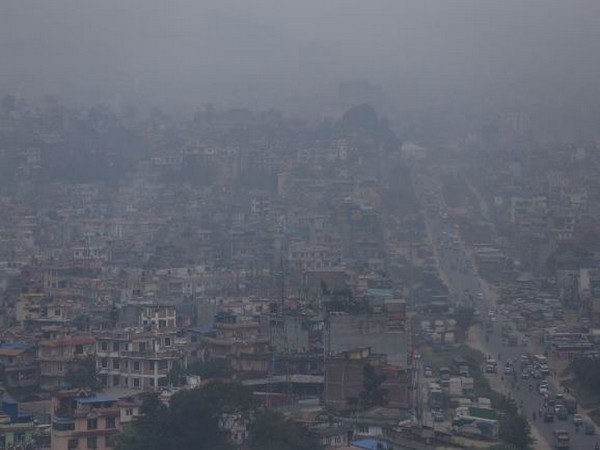Kathmandu's Winter Haze: A Public Health Emergency
Air pollution in Nepal spikes as winter sets in, with Kathmandu's AQI reaching dangerous levels. Residents face health risks, with air quality four times worse than WHO guidelines, raising public health and economic concerns. Temperature drops exacerbate pollution issues as thick haze blankets the capital.

- Country:
- Nepal
Kathmandu, Nepal, is grappling with hazardous air pollution levels as winter descends, enveloping the city in a thick haze. The Air Quality Index (AQI) in Kathmandu has surged to 151, indicating unhealthy air, according to data from the U.S. Embassy's pollution measuring station.
Residents like Ram Gurung express mounting health concerns; he reports breathing difficulty and eye irritation, effects he attributes to the pollution spike. The U.S. Embassy's Phora Durbar station in Lalitpur recorded an even higher AQI of 169, exacerbating health risks for inhabitants.
Nepal faces a dire public health threat, with pollution levels 4.9 times above World Health Organization (WHO) recommendations, causing significant morbidity and mortality. The absence of comprehensive health impact assessments hampers efforts to tackle this escalating crisis.
(With inputs from agencies.)
ALSO READ
Debunking Fluoride: A Public Health Debate on Water Fluoridation
Revolutionizing Public Health in Africa: Genomic Surveillance and Capacity Building
Texas Measles Outbreak Sparks Urgent Public Health Response
USDA Workforce Cuts Threaten Bird Flu Response: Impact on Public Health
CDSCO Cracks Down on Unapproved FDC Drugs Posing Public Health Risks










